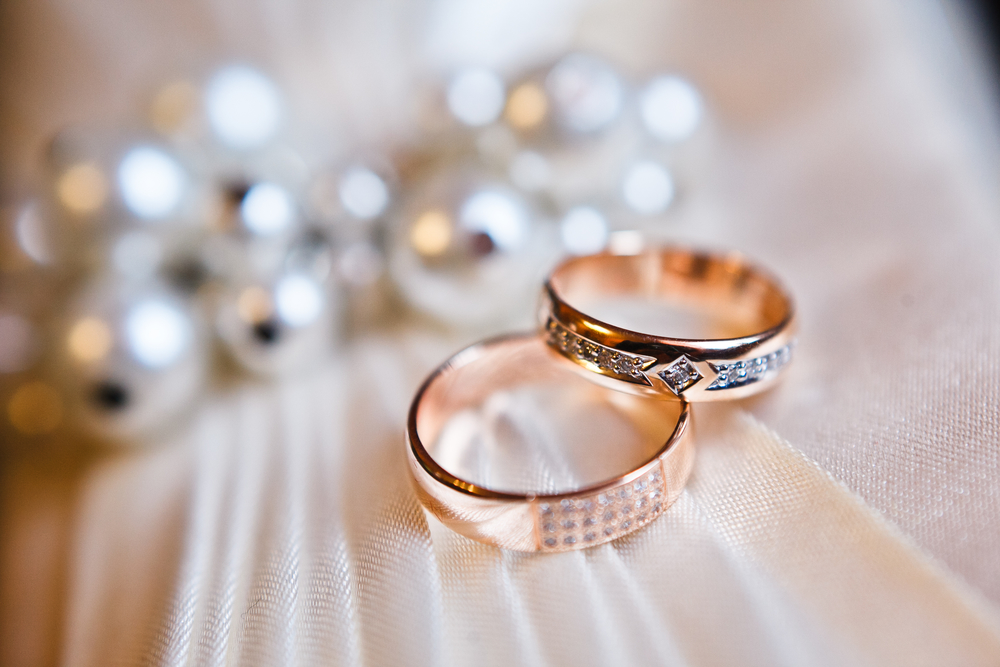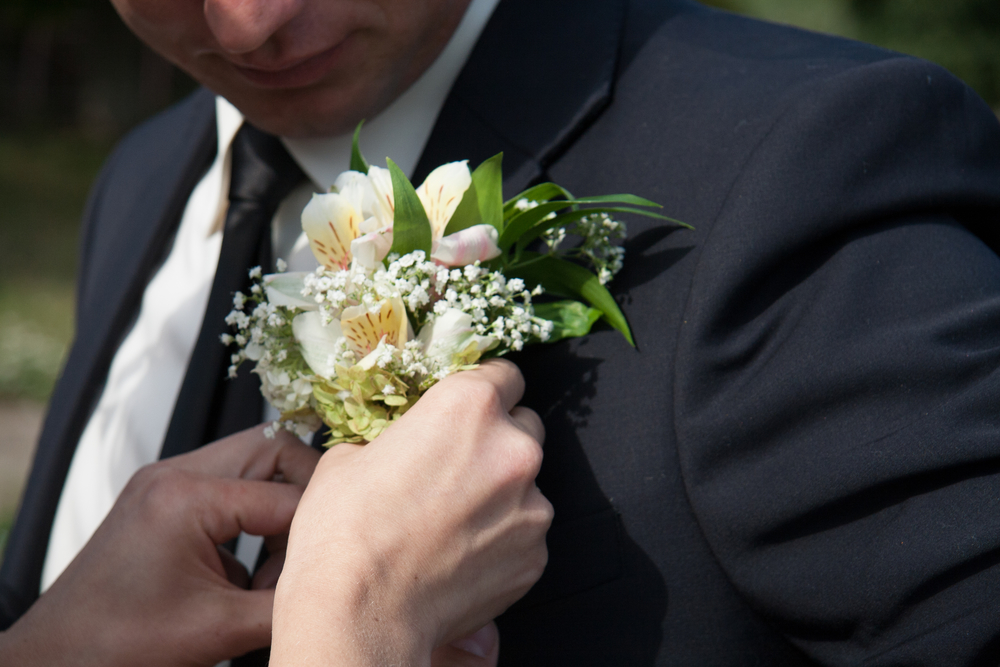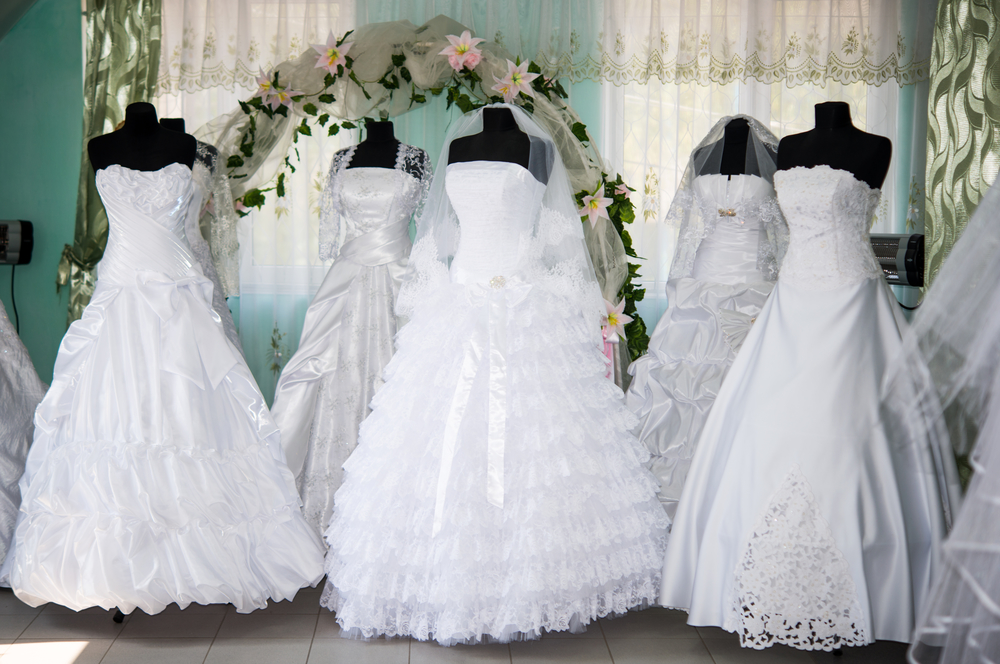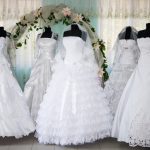White was (and in some cultures still is) considered the traditional colour of mourning. It was not until Queen Victoria’s wedding in 1840 to her Prince Albert that the idea of a white dress came to mind. She chose a sculptured white gown with an eighteen feet long train and after their wedding photo was published, white became the preferred choice for brides.
Prior to Queen Victoria’s celebration, women got married in bright colours that symbolised their happiness. Those brides of higher social standing used expensive fabrics such as velvet and silk, perhaps accented with soft furs. The new symbol of social status soon became the white wedding dress, the more elaborate the better. It was thought that if you could afford a white dress on your wedding day, you were wealthy enough to wear a dress that could only be worn once.
For many years, especially during the Edwardian period, wedding dresses became increasingly elaborate. Yards of silk, satin and lace went into luxurious fantasy dresses intent to not only please the bride but to convey family status as well. With the advent of World War I both general living conditions and wedding dress styles became much simpler.
Through the First World War, the Depression years and then World War II, wedding dresses stayed simple, and were often dyed after the event so they could be worn in daily life. After World War II ended, the elaborate wedding dress was once more in favour. It again became customary for a bride to walk down the aisle in a white or ivory cloud of silk, satin and lace on her special day.
The White Wedding Dress, a cloud of silk, satin and lace

Let us know if you liked the post. That’s the only way we can improve.












